Print manuals are detailed guides explaining printer setup‚ operation‚ and troubleshooting․ They ensure efficient use of printing devices‚ addressing user and technician needs‚ aiding businesses in maintaining productivity and quality․
What is a Print Manual?
A print manual is a comprehensive guide detailing the setup‚ operation‚ and troubleshooting of printing devices․ It serves as an essential resource for users‚ providing step-by-step instructions to ensure optimal printer performance․ Print manuals often include technical specifications‚ compatibility information‚ and maintenance tips to address common issues․ They are designed to cater to both novice and advanced users‚ offering clear explanations for achieving high-quality prints․ By following the manual‚ users can resolve errors‚ configure settings‚ and maximize their printing experience․ It acts as a one-stop solution for understanding and utilizing printing equipment effectively․
Importance of Print Manuals in Printing Processes
Print manuals are crucial for ensuring efficiency and consistency in printing processes․ They provide clear instructions for setting up‚ operating‚ and maintaining printers‚ reducing errors and downtime․ By following a print manual‚ users can optimize print quality‚ understand compatibility requirements‚ and troubleshoot common issues․ This enhances productivity for individuals and businesses alike․ Print manuals also serve as a reference for technical specifications‚ ensuring proper usage and extending the lifespan of printing equipment․ Their guidance helps users achieve professional results‚ making them indispensable for both casual and professional printing needs․
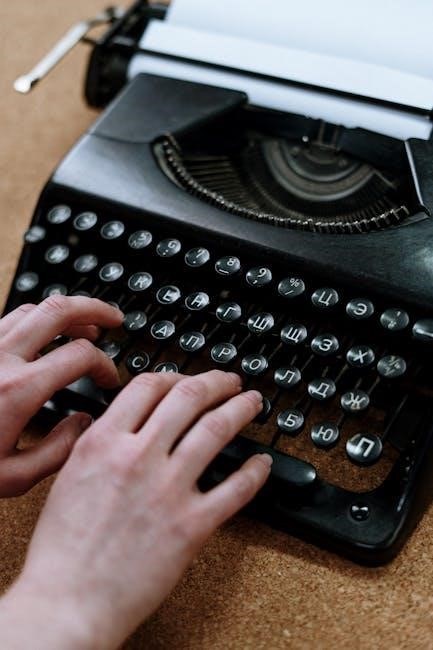
Choosing the Right Printer for Manual Printing
Choosing the right printer for manual printing involves considering paper size‚ type‚ and compatibility․ Select a printer with manual feed options and suitable print quality for your needs․
Types of Printers Suitable for Manual Printing
For manual printing‚ inkjet‚ laser‚ and dot matrix printers are commonly used․ Inkjet printers are ideal for high-quality images and flexible paper handling․ Laser printers are best for bulk printing and monochrome outputs․ Dot matrix printers are suitable for specific tasks like multipart forms․ Each type offers unique features‚ such as print quality‚ speed‚ and compatibility with various paper sizes and types․ Choosing the right printer depends on your specific needs‚ including the frequency of printing‚ paper requirements‚ and desired output quality․ Manual feed options are often essential for precise control over printing processes․
Key Features to Consider When Selecting a Printer
When selecting a printer for manual printing‚ consider print quality‚ speed‚ and compatibility with paper types․ Ensure the printer supports manual feed modes for precise control‚ especially for special paper sizes․ Check ink or toner cartridge compatibility to avoid shortages․ Energy efficiency and noise levels are important for long-term use․ Connectivity options like USB‚ Wi-Fi‚ or Ethernet ensure flexibility․ Duty cycle‚ or the maximum pages per month‚ should match your printing needs․ Additional features like duplex printing and mobile printing capabilities can enhance productivity․ Assessing these factors ensures the printer meets your specific requirements and delivers consistent results․
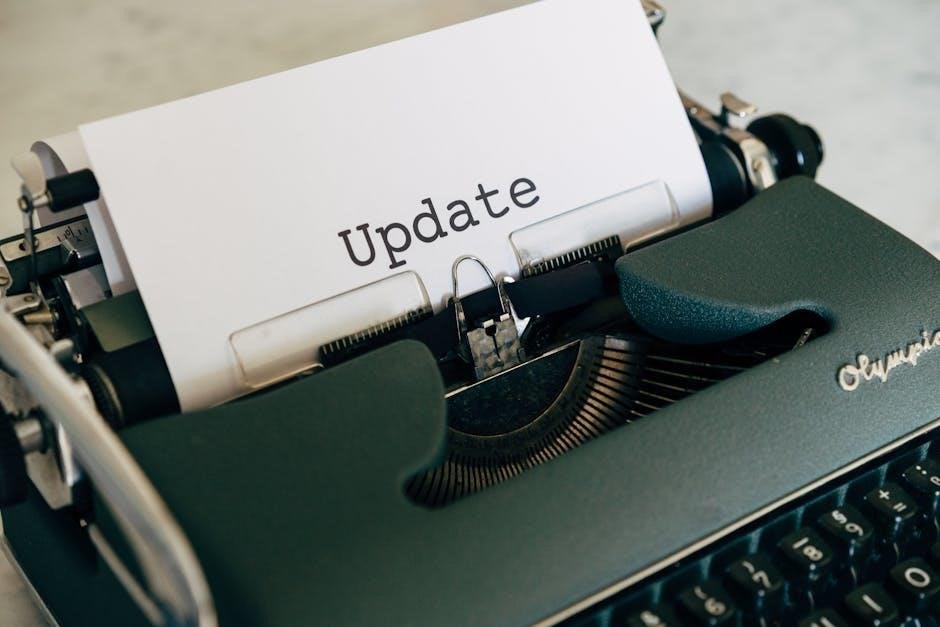
Understanding Paper and Ink Requirements
Understanding paper and ink requirements ensures optimal printing results‚ focusing on compatibility‚ quality‚ and environmental impact․ Proper paper types and ink selections enhance print clarity and durability‚ reducing waste․
Common Paper Types for Manual Printing
Common paper types for manual printing include glossy‚ matte‚ and cardstock‚ each suited for different print jobs․ Glossy paper enhances image quality‚ ideal for photos‚ while matte reduces glare‚ perfect for text-heavy documents․ Cardstock is durable‚ often used for professional materials like brochures․ Specialty papers‚ such as recycled or textured options‚ cater to specific needs․ Choosing the right paper ensures vibrant colors‚ crisp text‚ and longevity of prints․ Always match paper type to the printer’s capabilities and the intended use of the document for optimal results․ Proper selection enhances both visual appeal and functionality‚ making it a critical step in the printing process․
Ink and Toner Cartridge Compatibility
Ink and toner cartridge compatibility is crucial for ensuring optimal printing performance․ Always use cartridges specifically designed for your printer model‚ as incompatible ones can cause poor print quality or damage the device․ Genuine cartridges are recommended for reliability‚ though high-quality third-party options may offer cost savings; Check your printer’s manual or manufacturer’s website to confirm compatibility․ Mixing cartridge types can lead to inconsistencies‚ so it’s best to stick with a single brand or type․ Proper installation and regular maintenance also extend cartridge life and maintain print quality․ Using compatible cartridges ensures vibrant colors‚ sharp text‚ and prevents potential printer malfunctions‚ making it a key factor in achieving professional-grade results․

Basic Printing Steps
Prepare your document‚ load the appropriate paper into the printer‚ select the correct printer settings‚ adjust margins and orientation‚ preview the print job‚ and start printing․
Step-by-Step Guide to Manual Printing
Start by preparing your document and ensuring it is print-ready․ Load the appropriate paper into the printer’s manual feed slot‚ aligning it correctly to avoid jams․ Adjust the printer settings to match your paper type and size; Preview the print job to check for formatting issues․ Initiate printing and monitor the process․ For multi-page documents‚ repeat the paper loading step as prompted․ Once complete‚ remove the printed materials and store them properly․ If issues arise‚ refer to the printer’s troubleshooting guide or manual for solutions․
Troubleshooting Common Printing Issues
Common printing issues include paper jams‚ connectivity problems‚ and poor print quality․ For paper jams‚ turn off the printer‚ carefully remove jammed paper‚ and restart․ Ensure the printer is properly connected to the network or device․ Check ink or toner levels and replace cartridges if necessary․ For blurry text or images‚ clean the print heads and align them․ If issues persist‚ reset the printer to factory settings or consult the user manual․ Regular maintenance‚ such as updating drivers and cleaning the printer‚ can prevent many problems․ Always refer to the printer’s troubleshooting guide for specific solutions․
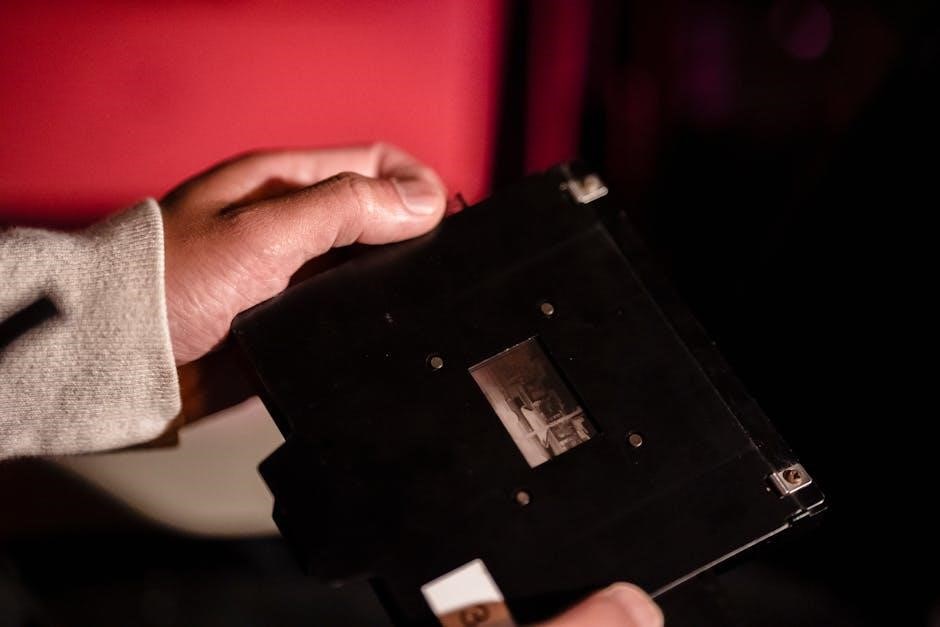
Advanced Printing Techniques
Advanced techniques include custom print settings‚ duplex printing‚ and high-quality finishes․ These methods enhance output‚ offering professional results for specialized printing needs and projects․
Customizing Print Settings for Specific Needs
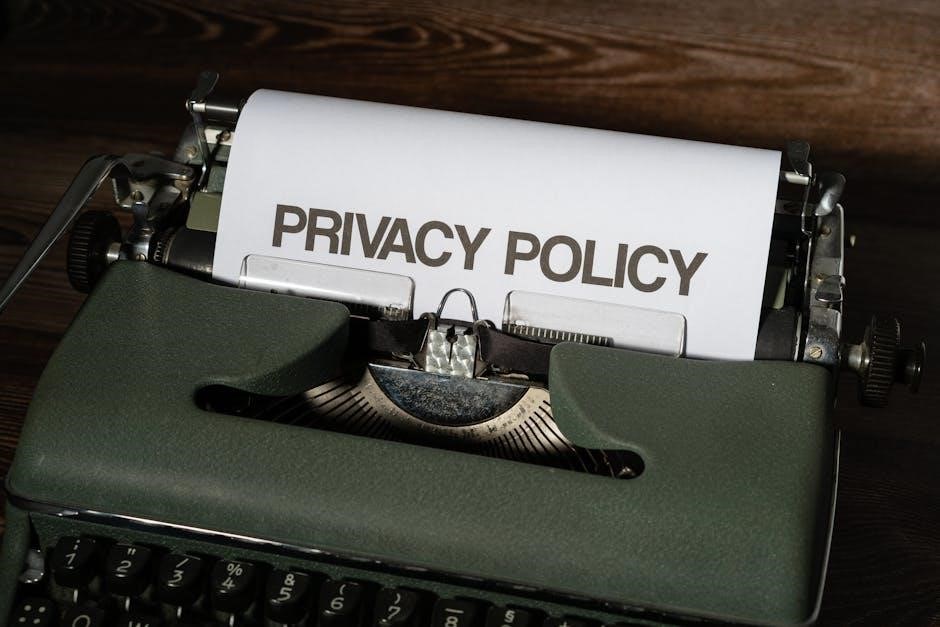
Customizing print settings allows users to tailor output for specific projects‚ ensuring optimal results․ Adjustments can include paper type‚ orientation‚ and print quality․ For example‚ high-resolution photos require different settings than draft documents․ Advanced options like duplex printing and color management can enhance efficiency and quality․ Users can also set custom margins and layouts to meet design requirements․ Understanding these settings helps achieve professional-grade prints‚ whether for business materials or creative projects․ Proper customization reduces waste and ensures the final product meets expectations‚ making it a crucial step in the printing process․
Using Special Features Like Duplex Printing
Duplex printing‚ or double-sided printing‚ is a handy feature that saves paper and reduces waste․ Many modern printers support this mode‚ which prints on both sides of the page automatically or manually․ To use duplex printing‚ access your printer settings‚ typically found in the print dialog box under “Layout” or “Preferences․” Select the duplex option and choose the binding edge․ Some printers require manual flipping‚ while others handle it automatically․ This feature is ideal for printing manuals‚ reports‚ or brochures․ Always ensure your printer supports duplex printing and adjust settings for optimal results․ Using this feature not only conserves resources but also enhances the professionalism of your printed materials․
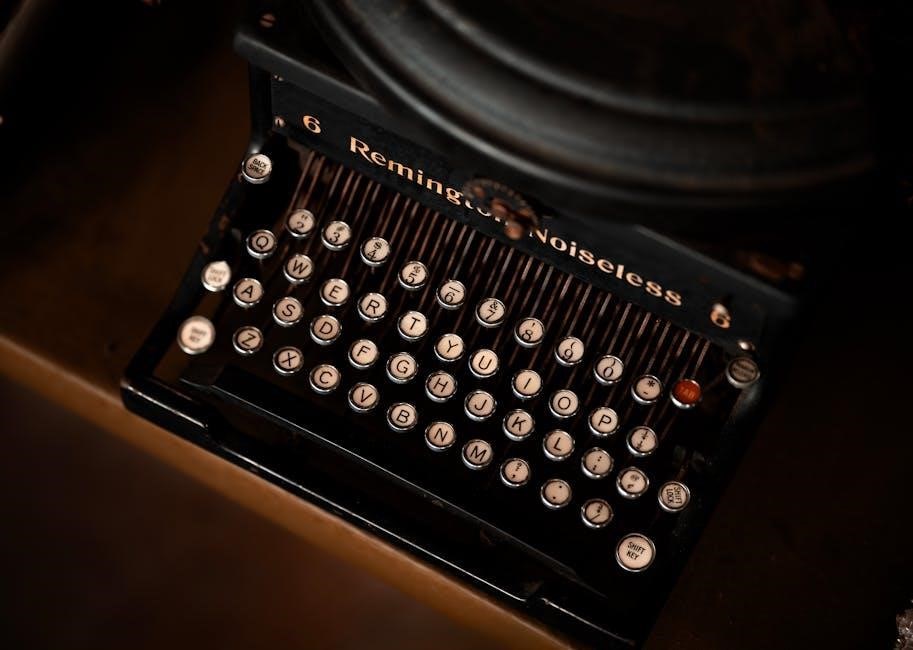
Designing Materials for Printing
Effective design ensures clarity and visual appeal․ Use high-resolution images‚ consistent color schemes‚ and readable fonts․ Proper alignment and spacing enhance readability‚ while appropriate file formats guarantee accurate printing results․
Best Practices for Creating Print-Ready Designs
Creating print-ready designs requires careful planning to ensure professional results․ Use high-resolution images (300 DPI) and vector graphics for scalability․ Embed fonts or convert text to outlines to avoid formatting issues․ Organize files in layers and use a grid system for precise alignment․ Ensure designs include proper trim‚ bleed‚ and safety margins․ Avoid overcomplicating layouts with excessive elements․ Use CMYK color mode for accurate printing․ Proofread thoroughly and test designs on actual paper before final printing․ These practices ensure clarity‚ consistency‚ and a polished finish‚ making your materials visually appealing and professionally presented․
Understanding Resolution and File Formats
Resolution and file formats are critical for achieving high-quality printed materials․ For print‚ images should be set to 300 DPI (dots per inch) to ensure clarity and detail․ Lower resolutions may result in blurry or pixelated output․ Common file formats for printing include TIFF‚ PNG‚ and PDF‚ which retain image quality․ JPEG is also widely used but may compress details․ Vector graphics (SVG‚ EPS) are ideal for scalable designs like logos․ Always check that files are in CMYK color mode for accurate color representation․ Proper formatting ensures designs are print-ready and meet professional standards‚ avoiding delays or reprinting costs․

Legal and Safety Considerations
Printing involves legal aspects like copyright compliance and licensing․ Always ensure materials are properly licensed or owned․ Safety precautions include handling printers carefully and using genuine cartridges․
Copyright and Licensing for Printed Materials
Ensuring copyright compliance is crucial when printing materials․ Always verify that the content you print is either original‚ licensed for use‚ or falls under fair use guidelines․ Respect intellectual property rights by obtaining proper permissions or licenses for copyrighted material; Printing materials without authorization can lead to legal consequences․ Use royalty-free resources or open-source materials when possible․ Include proper attributions and citations where required․ Be aware of regional copyright laws‚ as they may vary․ Violating copyright laws can result in fines or legal action‚ damaging your reputation and business operations․ Always prioritize legal compliance to avoid such risks․
Safety Precautions When Handling Printers
When handling printers‚ always prioritize safety to avoid accidents and ensure smooth operation․ Unplug the printer before performing any internal maintenance to prevent electrical shocks or injuries․ Wear protective gloves and eyewear when dealing with toner cartridges or sharp components․ Avoid touching hot printer parts‚ such as fuser units‚ which can cause burns․ Keep children and pets away from operating printers to prevent unintended injuries․ Properly lift heavy printers or components to avoid strains․ Regularly clean up toner spills to prevent slipping hazards․ Follow manufacturer guidelines for handling chemicals and materials․ Ensure good ventilation when working with printers to avoid inhaling toner dust or fumes; Always refer to the user manual for specific safety instructions tailored to your printer model․

Environmental Impact of Printing
Printing significantly affects the environment through paper usage‚ energy consumption‚ and ink waste․ Adopting eco-friendly practices like recycling and using sustainable materials helps minimize its ecological footprint․
Eco-Friendly Printing Practices
Eco-friendly printing practices aim to reduce environmental impact by minimizing waste and energy use․ Using recycled paper‚ duplex printing‚ and energy-efficient printers are key strategies․ Many modern printers offer eco-modes that consume less ink and power․ Additionally‚ choosing biodegradable ink cartridges or refilling toner reduces landfill waste․ Implementing digital solutions‚ like digital manuals or print-on-demand‚ further cuts paper usage․ Businesses can also adopt sustainable certifications‚ ensuring materials meet environmental standards․ By prioritizing eco-conscious printing‚ individuals and organizations contribute to a greener future while maintaining high-quality outputs․
Recycling and Disposal of Printing Materials
Proper recycling and disposal of printing materials are crucial for environmental sustainability․ Recycle paper‚ ink cartridges‚ and toner to reduce waste․ Many manufacturers offer recycling programs for used cartridges․ Always dispose of hazardous materials like toner and ink responsibly․ Check local guidelines for e-waste recycling centers․ Shredding sensitive documents before recycling ensures confidentiality․ Encourage participation in community recycling programs to promote eco-friendly practices․ Reusing paper scraps for drafts or notes further reduces waste․ By adopting responsible disposal methods‚ individuals and businesses can significantly minimize their environmental footprint while contributing to a healthier planet․

Frequently Asked Questions
Common questions include troubleshooting printer issues‚ ensuring print quality‚ and resolving connectivity problems․ Solutions often involve updating drivers‚ checking ink levels‚ and restarting devices for optimal performance․
Common Questions About Manual Printing
Users often ask about resolving paper jams‚ improving print quality‚ and troubleshooting connectivity issues․ Other queries include how to load special paper types‚ adjust print settings‚ and fix ink cartridge errors․ Many seek advice on choosing the right printer for their needs and understanding manual feed modes․ Additionally‚ questions arise about eco-friendly practices‚ recycling printing materials‚ and ensuring legal compliance with printed content․ Experts recommend regular printer maintenance‚ updating drivers‚ and using high-quality supplies for optimal performance․ Addressing these concerns helps users achieve professional results and extends printer longevity․
Expert Answers and Solutions
Experts recommend resolving paper jams by carefully removing stuck sheets and restarting the printer․ For improving print quality‚ cleaning printheads and using high-quality ink is advised․ Troubleshooting cartridge errors involves resetting or replacing cartridges․ Connectivity issues can often be fixed by restarting the printer and ensuring stable network connections․ Loading special paper requires adjusting tray settings to match the paper type․ Regular maintenance‚ like updating drivers and cleaning printers‚ prevents common issues․ Using genuine supplies ensures reliability and optimal performance․ These solutions help users overcome challenges and achieve professional printing results efficiently․
Print manuals are essential guides for efficient printing‚ offering solutions to common issues and ensuring high-quality results․ They empower users to master printing processes effectively․
Final Thoughts on Effective Manual Printing
Mastering manual printing requires a deep understanding of both the printer and the materials involved․ Print manuals serve as invaluable guides‚ helping users troubleshoot common issues and optimize output․ Consistency and quality are key to achieving professional results․ Always ensure proper alignment of paper and ink settings to avoid waste and maintain efficiency․ By following best practices and staying informed about eco-friendly techniques‚ users can enhance their printing experience․ Regular maintenance and updating printer software are crucial for long-term performance; Embrace experimentation and explore advanced features to unlock the full potential of your printing capabilities․
Encouragement to Explore Advanced Techniques
Exploring advanced printing techniques can elevate your projects to new heights․ From duplex printing to custom print settings‚ these features enhance efficiency and creativity․ Experimenting with high-resolution outputs and specialized paper types can yield stunning results․ Don’t hesitate to dive into eco-friendly practices and innovative tools to optimize your printing process; Continuous learning and adaptation to new technologies will keep you ahead in achieving professional-quality prints․ Embrace the journey of mastering advanced techniques to unlock endless possibilities for your printing needs․